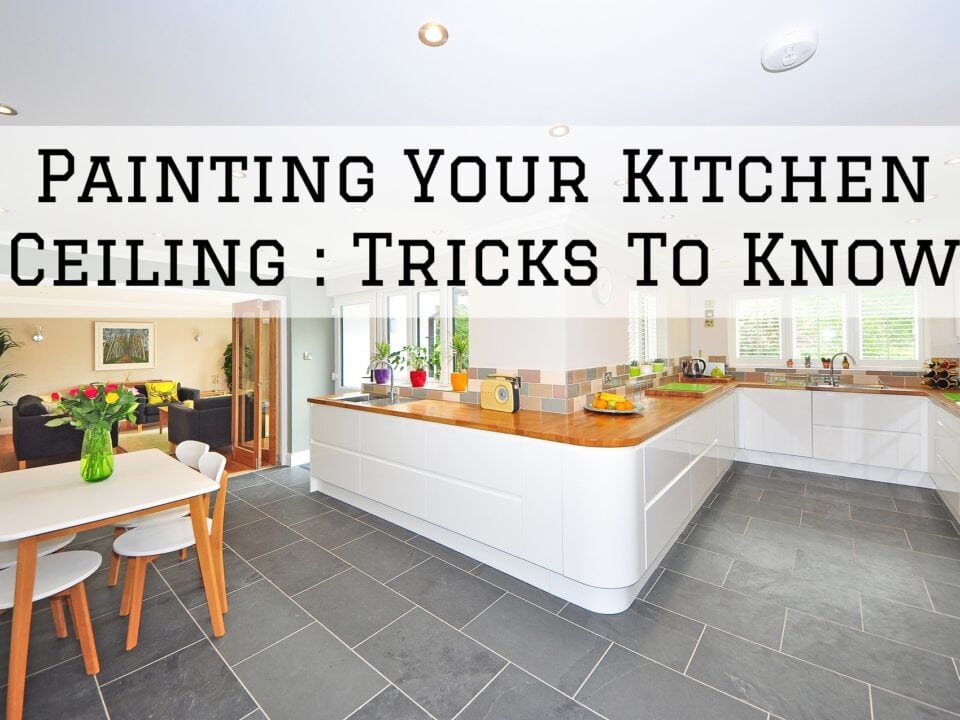Tips For Painting Your Living Room Accent Wall in Scripps Ranch, CA

Bathroom Cabinet Painting On A Budget in Del Mar, CA
June 17, 2022
Painting Your Baby’s Nursery Tips To Learn in Torrey Highlands, CA
July 3, 2022Tips For Painting Your Living Room Accent Wall in Scripps Ranch, CA
In any painting project, you may find that one of the best things that you can do is learn how you can prepare for the paintwork that you have ahead of you.
For example, if you are going to be painting an accent wall in your living room, there are key things that you can do that will make the difference between a well-painted wall and one that you will likely be repainting a few years later.
Let’s have a look at some important tips for painting your living room accent wall.
1. Use The Right Brush When Necessary
In any given accent wall painting project, you are going to have a couple of different painting assignments — one being when you are painting near the ceiling, floor, and possibly other intersecting walls, and other beings when you are painting the rest of the wall.
When painting the parts of the wall that have any meeting with another surface, such as those parts of the wall near the ceiling, you are going to be best off using a technique called ‘cutting in’ wherein you will use a brush to carefully apply paint to the wall, so that you won’t get any paint on surfaces that aren’t meant to be painted.
The rest of the wall, however, is better served using a paint roller, where you will be able to apply a lot more paint in a shorter amount of time and get it looking smooth and even.
2. Use Quality Paint
Since one of the primary purposes of your accent wall in any given room is to draw the focus of the eye as it enters the room, the last thing you’re going to want to do is to use anything other than quality paint.
You can just imagine how disappointing it would be if you spent a lot of time planning and preparing to paint your accent wall only to use lesser quality paint on it and have it look not so great because you were trying to save a little money upfront on your painting project.
Remember, too, that the money you invest in paint ultimately will pay out as when you make use of higher quality paints, they tend to last quite a bit longer than lower cost paints, and therefore you really are paying less over time by using the better paints.
If you are terribly concerned with the price, the best thing you can do is to measure carefully the wall being painted so that you don’t buy too much paint before the painting project begins.
3. More Than One Color Is Okay
Something that a lot of people don’t realize when they’re looking to paint an accent wall is how you don’t have to limit yourself to one color.
Indeed, multiple colors are absolutely a possibility for your accent wall, though when you start to add more colors you will find that the cost tends to go up a bit and your choices for each color will go down as you add more, presuming that you want the wall to look good of course.
The thing to bear in mind when you’re choosing colors is that each color ideally will not only look good with the other color or colors on the wall, but it should contrast with the color of the other walls in the room.
It would not, after all, make sense for you to think that you’re painting an accent wall if it’s going to look so similar to the other walls in the room that it may as well just be another wall in the room.
At Peek Brothers Painting, we use only high-quality painting products from reputable manufacturers for guaranteed durability and quality of the final paint job in Scripps Ranch, CA, and in every area.
Book a FREE estimate below or call us at (858)505-1361 if you have any questions.
Related: 3 Reasons To Use Paint Primer In San Diego, CA





